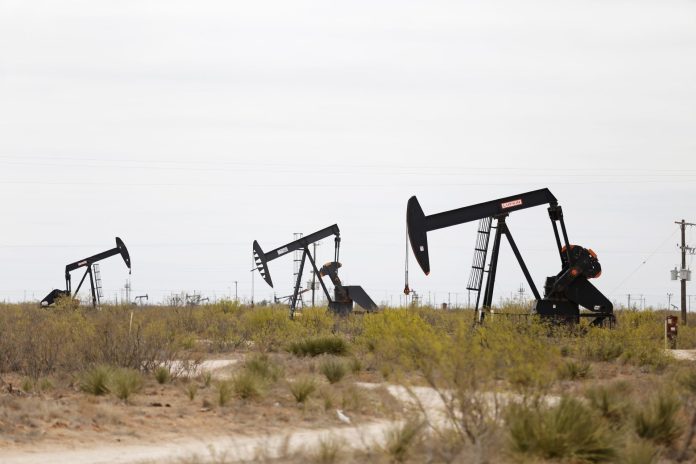
Copper has always played a big role in the oilfield and its importance will grow as domestic American and global supplies become more critical.
The world used 30.4 million metric tons of copper in 2022 and will need 52.5 million metric tons per year by 2050, according to the London-based energy news website oilprice.com. It’s currently worth $10,100 per metric ton, which is 2,205 pounds.
In the oilfield copper alloys are used for flex shafts, valve stems, pump shafts, rock bit bearings and bushings, pump impellers, wear plates, marine hardware and other things involving heavy loads, corrosion, conductivity and abrasion.
American copper mining is based in Arizona, New Mexico, Utah, Nevada and Montana, particularly Arizona, which produces 68 percent of the nation’s supply.
State Rep. Brooks Landgraf and Waco economist Ray Perryman say the demand will rise significantly in the coming years due to advancements in artificial intelligence, data centers and the ongoing needs of the energy industry.
“Copper is a vital resource across industries like energy, technology and manufacturing,” said Landgraf, R-Odessa. “While the U.S. does produce copper domestically, we currently import much of our copper from countries like Chile, Peru and Canada.
“Though we have domestic mines,” Landgraf said, “global supply chains are critical to meeting demand.
“To stay competitive we must strengthen domestic production and diversify our supply sources so key industries to our state and national economy like oil and gas have the resources they need.
“As always I remain focused on supporting Texas’ energy infrastructure and the prosperity of the Permian Basin and will closely monitor these developments to protect our energy security.”
Perryman said electrification and AI are greatly increasing the demand for copper, not only directly but also due to the need for additional electric power and related generation and transmission capacity.
“AI and the related data centers are energy intensive and have greatly increased the need for electric power and upgrading the grid requires substantial amounts of copper,” he said. “This phenomenon is occurring throughout the country and in many other parts of the world.
“Electric vehicles require several times the amount of copper as is needed by those that are gasoline powered. Recent studies indicate that EVs and meeting carbon emissions targets and the related need for additional electric power would require doubling the supply of copper.”
Simply stated, Perryman said, copper cannot be mined quickly enough at this point to keep up with the many policies related to the transition to EVs.
“As a result there has been a substantial upward trend in copper prices since 2020, although like most commodities the patter is volatile,” he said. “Without sufficient copper supplies upgrading the power grid will be difficult and potentially curtailed.
“Every industry across the state including Permian Basin oil and gas production could be affected.”
Perryman said the U.S. supply of copper has been relatively flat, even decreasing last year as key facilities were upgraded.
“Substantial import volumes are required to meet U.S. needs and key sources of refined copper include Chile, Canada and Mexico,” he said. “As is the case with most products, rising prices will induce production, but copper poses some unique challenges due to the confluence of forces, which has elevated demand.”



